CC is really about the luck of the draw. Sometimes you walk around for a couple of blocks and find something truly amazing, sometimes you hit a dry spell and it’s just silver SUVs, black cabs and white minivans as far as the eye can see. Even in CC-rich environments like Tokyo or Eugene, there are peaks and troughs. But if you do find something worth photographing, chance can often play a major role in identifying its exact type, trim/subtype or model year.
This lovely Mercedes was one of those coy little so-and-sos. In my (limited) experience, most Stroke-8s will display the model’s numeral on the trunk lid – 200, 220, 230, etc. – and be content with that. Here, the only information is that it’s an automatic.
Well thanks a bunch for that. I could have worked it out by just looking inside. Sheesh. It’s as if folks back 50-plus years ago didn’t figure CC would need to know their car’s exact engine displacement. So inconsiderate. Lovely interior, by the way, though that extra dial is oddly placed. The all-seeing-tach…
Oh and of course, Mercedes did things so damn perfectly right from the jump and without trim levels that they barely changed their models throughout their multi-year production cycle, save for a single heavy facelift (which, in the / 8’s case, took place in 1973). So whereas it’s within the realm of possibility to narrow down the model year of, say, a Peugeot 504 or a Rover SD1, most Mercedes models can only be designated as “pre-“ or “post-facelift.”
Our feature car is clearly a pre-facelift model, with the front vent windows, un-ribbed “for-her-displeasure” taillights and narrower/taller grille, so it could have been made, for all I know, anytime between 1968 and 1972. Unless someone out there knows something about these I don’t, which is more than likely, I’d like to pick 1969. Why not.
Next is the engine type. The owner graciously presented us with a big fat hint with that license plate: it’s a W115, so we’re talking 4-cyl. It could therefore be a 200 (95hp), a 220 (105hp) or a 220D (60hp) – the 230.4, 240D and 300D were all post-facelift models, and the painfully slow 200D (55hp) was more of a European taxi/fleet car. The automatic transmission pretty much disqualifies the 220 Diesel, I should think (and so do a couple of forums I browsed in researching this post, though apparently quite a few 200D taxis had that transmission), so that leaves the 200 and 220.
This is a Japanese market car. The tell-tale clue is in that lone fender mirror. We’ve seen those on several older imports, some of which (like this Cadillac) still had their original license plate. Some, but not all, imports were given this treatment. So I’m speculating – 100 % stab in the dark, here – that whoever would go through the trouble of buying a Mercedes in 1969-ish Japan would go for an engine over the 2-litre mark, especially seeing as the Benz was over the size limit width-wise to be able to fit in the “medium car” tax band. So might this be a 220 Automatic from 1969?
But hold up, there is one last arrow in the quiver in our quest to identify this mystery Merc – a bit of a long shot, but let’s see if anything comes of it: Google image search. Type in “Mercedes W115” (in Japanese characters) and see what happens…
And boom! Here is our car, in its glorious baby blue hue, black MB-tex interior and asymmetrical mirror arrangement, as advertised a while ago for sale by a local Benz specialist shop. Turns out my theory about the engine being the 2.2 litre was bunk and the actual model year was 1970. Answers! At long last, tangible answers!
I guess one would be likelier to omit the numeral at the back if it was the base-spec 200, not the more prestigious 220. “Automatic” was the only thing worth mentioning – not everyone had that in their Toyota back in 1970. See, in my home country, the bigger the Benz, the likelier it is to have deleted rear numbers. Having a Mercedes is already a bit of a brag, there’s no need to belabour the point with a displacement-measuring contest, lest someone key your car out of spite. In 1970 Japan, having a Mercedes must also have been quite an achievement, but one would prefer to keep the neighbours and colleagues guessing about the engine for the opposite reason.
Related posts:
Curbside Classic: 1970 Mercedes-Benz 220D – Ride In Teutonic Luxury (With 65 HP), by Tom Klockau
CC Driving Review (With Video): Mercedes 220 Diesel – I Drive The Second Slowest Car Sold In America, by PN
CC Capsule: 1968 Mercedes-Benz 220 Diesel – Rusty Quarters, by Jim Grey
COAL: 1970 Mercedes Benz 220D – Finally a Family Classic, by David Saunders
Vintage R&T Road Test: 1968 Mercedes 220 & 250 (W115/114) – A New Generation, by PN













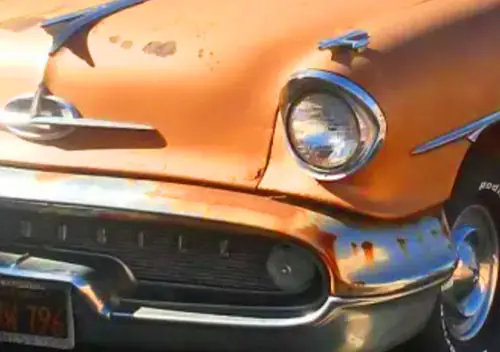
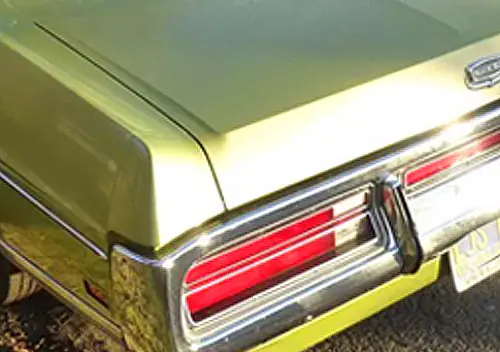


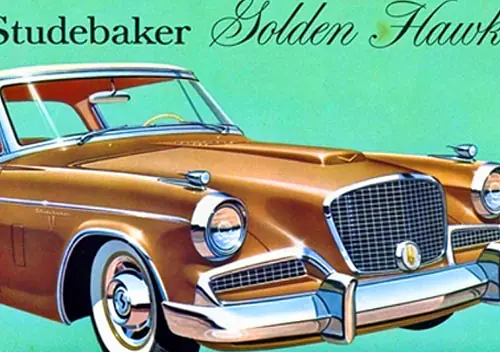
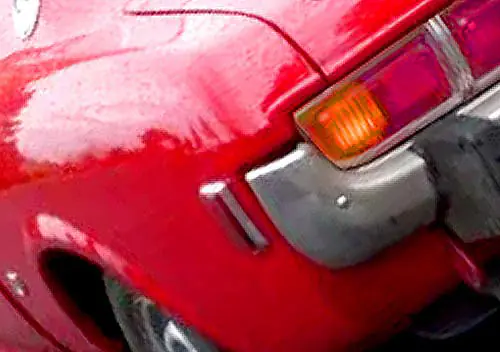
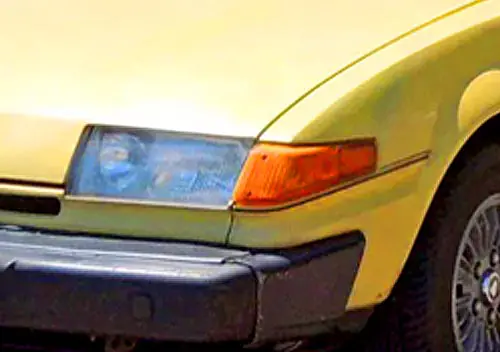
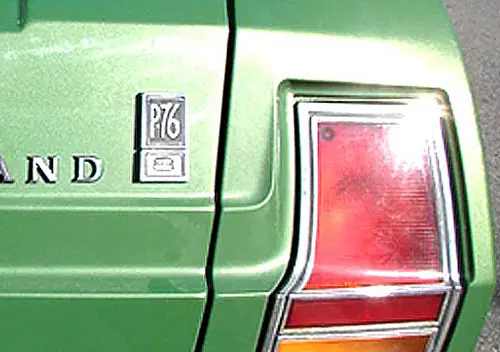
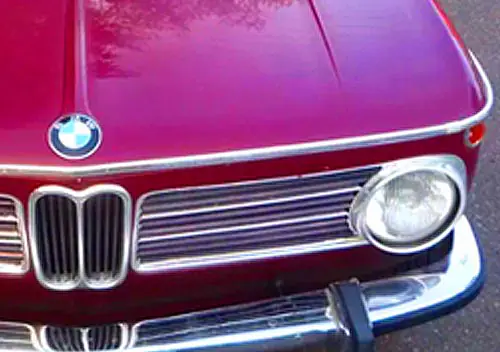
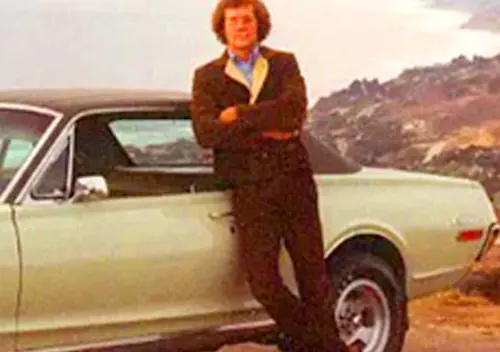

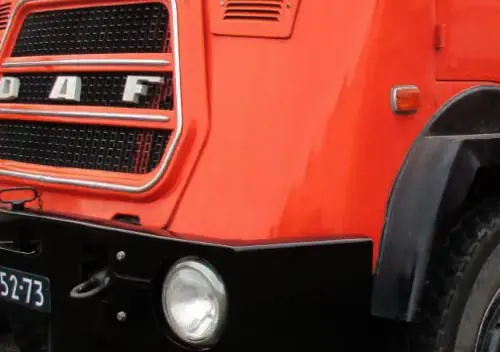
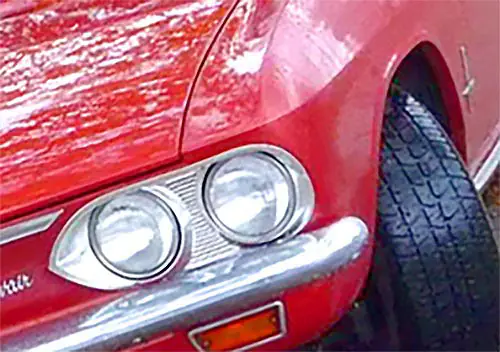


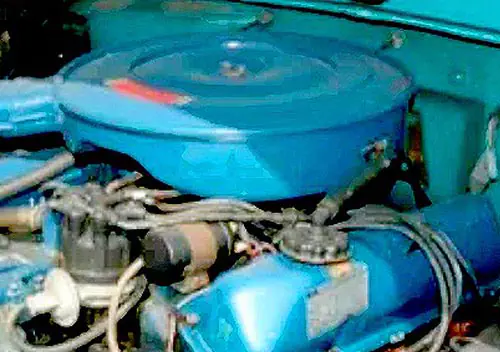



Hi Tatra, this is a great-looking Mercedes. You ruled out the 220D, but I think for the wrong reason. There’s a 220D automatic living near me, built and imported a a diplomat car (the three-pointed star would treat you car as an helicopter, so it seems). In fact, it’s clear that the baby b lue Mercedes isn’t a Diesel, or at least not a factory one, as it doesn’t have the preheater indicator and the starter button behind the steering wheel. One more power draining device is the A/C, which was by no means a standard feature. So, if it’s automatic, and has A/C, for me it’s enough to presume it’s carrying the larger displacement this model would be offered with. Not discounting that it could nevertheless be a 200 with some special options marked.
So lovely .
I like the Dauphine behind it better =8-) .
-Nate
What accounts for the dual pennant holders on the front bumper? Might the car have been for a period-correct diplomat, and not shipped home at the end of an assignment?
I would like to question whether this car was even delivered with this bumper. As I remember it, those double bumpers at the front were reserved for the six-cylinder sedans (i.e. W114) 250 and 280.
Paul probably knows the proper German name but you are seeing very early analog parktronic
Those are parking poles, pretty common in Japan on (older) higher-end cars.
As to Midsommar’s comment on the bumpers, I agree it’s an oddity. But I have noticed that Japanese-market W123s all came with the higher-spec bumpers, no matter the engine. Perhaps they did that for the W115 too (from the factory, I assume).
Here’s the interior of the ’72 Mercedes 250 I had (same body, bigger 2.8 liter engine). I like the tan better than the black. The craftsmanship and durability of these interiors was well ahead of anything America was producing at the time.
This photo was taken in 1989 when I first got the car (see pink temporary inspection card on dashboard). It had 41,000 miles on it. I sold the Mercedes in 1998.
Connoisseurs will be able to further narrow down the model year based on the steering wheel and selector lever. Unfortunately, I’m not one of those.
One more thing please: don’t call it “Stroke-8”. In this context, the German word “Strich” stands for the character “/”. So “Slash-8” would be a far better term, I think.
Introduced to identify vehicles from 1968 onwards in communication and used car advertisements (in contrast to the fin-tail Benzes).
As back then, hardly anyone outside of Stuttgart knew what to do with “W110”, “W114” or “W115”.
Some of us take off emblems just to make the car look better, not because we are embarrassed by the choice of engines or options. It could be the rather large Automatic emblem has pins to keep it in place, and to remove it requires some body work.
Lovely car with my favorite wheel-cover of all time…. The color-keyed Mercedes.
That interior is just gorgeous.
And thanks for mentioning what I find fascinating about the CC(s) in Tokyo. These guys get license plates that somehow mean something. I imagine there must be a fee for requesting a specific number similar to how we do vanity plates here in the states.
I love it. The colour is fantastic. I had a ’70 220D which I loved. It was a very agreeable car in some many ways. Handled well for a big old car too.
They called it “Horizontblau” (i.e.: Horizon Blue), M-B color code #304.
A friend’s daddy owned a W115 with blue cloth interior in the 70s. Then, I thought it was a oddly boring body paint. Today I think, that color is almost perfect for this kind of Benz.
Spot the Lotus Europa in the second picture, rare beast and a magical driving experience, handling out of this world.
I skimmed through the Mercedes info until the Lotus Europa caught my eye. At first I thought it was a ’73 Alpine, but no. Thank you Jam Sandwich for saving me search time.
Now I’ll re-read tatra’s and Don’s Alpine articles and search for some Europa articles.
Reading “200D (55hp)” provided some much needed levity on this gray winter day.
At least they mounted one side-view mirror in the correct place…